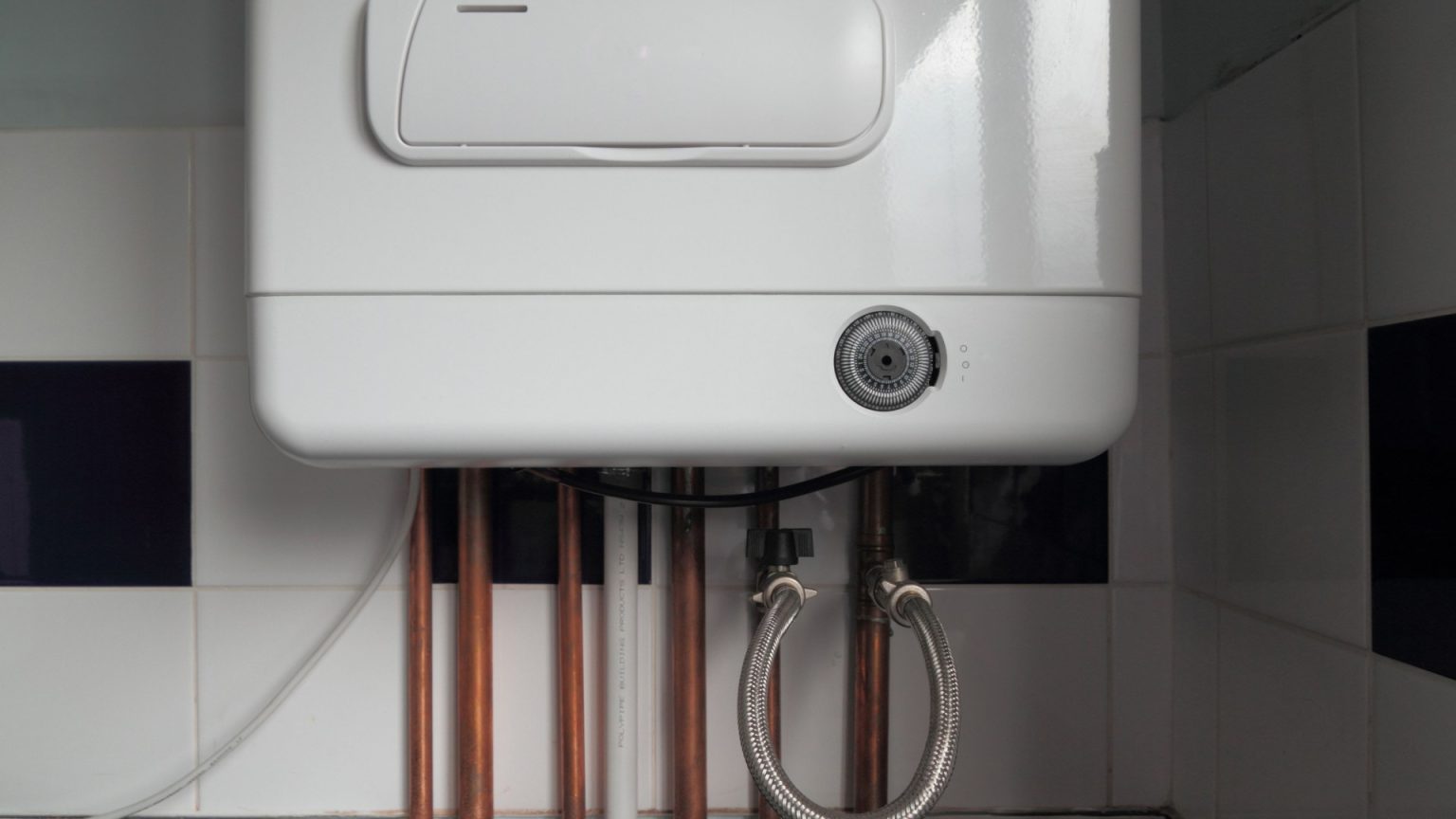A common yet easily overlooked issue that can disrupt your home heating during winter is a frozen condensate pipe. This pipe, typically located on an external wall, carries wastewater away from your condensing boiler. When temperatures plummet, the water inside this pipe can freeze, causing your boiler to shut down. The solution, however, is remarkably simple and inexpensive: insulation. Wrapping the condensate pipe with flexible foam insulation, available for under a pound at most hardware stores, can prevent freezing by reducing heat loss. This proactive measure is the most effective way to ensure uninterrupted heating even during the coldest spells. Before purchasing insulation, measure the diameter of your condensate pipe to ensure a proper fit.
If your condensate pipe has already frozen, thawing it is a relatively straightforward process. Pour warm, not boiling, water over the pipe, starting from where it exits the wall and working downwards. Avoid using boiling water, as it can damage the pipe and potentially cause injury. The water should be warm enough to melt the ice but cool enough to touch comfortably. After thawing the pipe, reset your boiler and check its operation. If the boiler still doesn’t function correctly, it might indicate that the pipe hasn’t fully thawed, requiring further application of warm water. However, if the problem persists, it’s crucial to contact a qualified heating engineer, as the issue might stem from another source.
Beyond the condensate pipe, there are other boiler-related issues that can impact heating efficiency and lead to unnecessary expenses. One common mistake is incorrectly setting the flow temperature on combi boilers. The flow temperature refers to the temperature of the water heated by the boiler before it’s circulated to radiators. An incorrect setting hinders proper condensation, reducing the boiler’s efficiency. Experts recommend setting the heating side of the boiler to 70 degrees Celsius and the water side to 60 degrees Celsius. This optimization can improve boiler efficiency by up to 15%, resulting in substantial cost savings over time.
Regular boiler servicing is another crucial aspect of maintaining an efficient heating system. Professional servicing can identify potential problems early on, preventing costly repairs down the line. A well-maintained boiler operates more efficiently and has a longer lifespan. In addition to boiler maintenance, several other practices can contribute to a warmer home and lower energy bills.
Bleeding radiators regularly is a simple yet effective way to improve heating efficiency. This process removes trapped air, allowing the radiators to fill completely with hot water and distribute heat evenly. Addressing drafts is another important step in conserving energy. Sealing gaps around windows and doors prevents warm air from escaping and cold air from entering, reducing the strain on your heating system. Using reflective materials behind radiators can further enhance heating efficiency by reflecting heat back into the room, minimizing heat loss through the walls.
Beyond these practical measures, adopting energy-saving habits can significantly impact your energy consumption. Lowering the thermostat by a few degrees, especially when away from home or during sleep, can lead to noticeable savings. Utilizing timers and thermostatic radiator valves allows for precise control over heating schedules, ensuring that rooms are heated only when necessary. Layering clothing and using blankets can provide extra warmth, reducing the reliance on central heating. By implementing these measures, you can effectively manage your energy consumption, reduce costs, and maintain a comfortable living environment throughout the winter months. If you’re facing financial challenges related to energy bills or other household expenses, seeking advice from financial experts or joining online communities for money-saving tips can provide valuable support and guidance.











